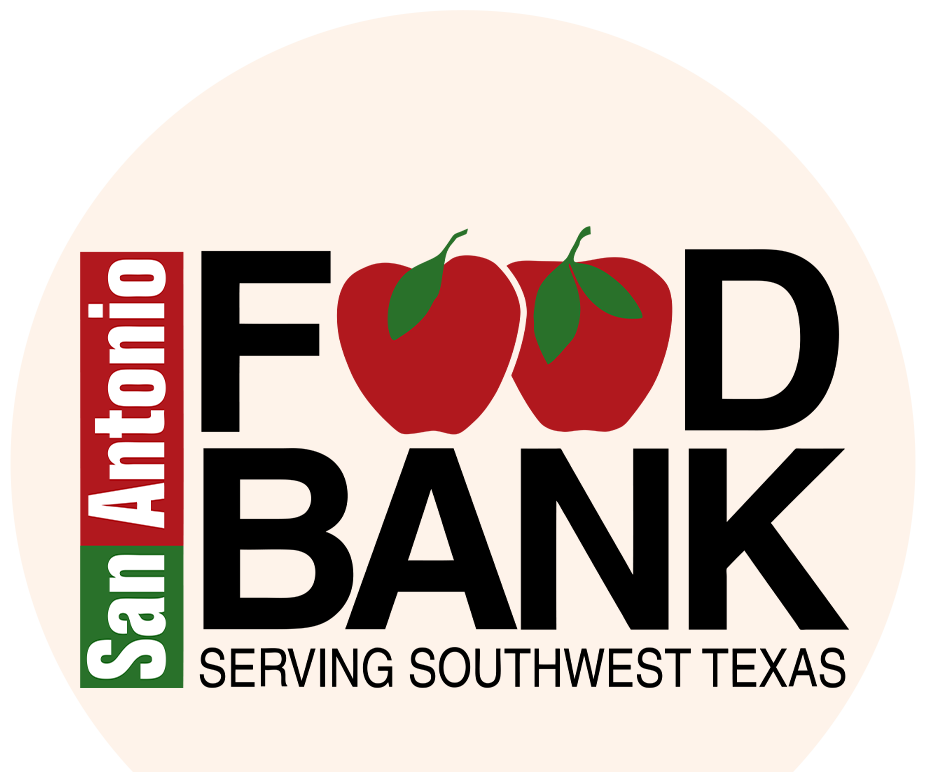OB Pre-Natal Care
Recovery and Beyond
Over the past few months, we have walked through each of the major milestones of your pregnancy and how to set yourself up for success throughout this time in your life. The healthy habits you start during pregnancy can help you throughout your life and influence your child since you are their first teacher and role model. Healthy choices can begin with planning what you eat, listening to your body and its needs, and celebrating everything your body can do.
Developmental Milestones
- Your Body: You can become pregnant in as little as three weeks after delivering your baby, so be sure to talk with your healthcare provider about when you should become sexually active again. Your period may start 5 to 6 weeks after you give birth or later, depending on a variety of factors.

Nutrition Needs
Plan and Prepare
Meal planning helps to save time and money by taking away the stress of figuring out what you are going to eat each day. Taking time to think through what meals to make each week can make healthy choices easier for your whole household to follow. It is especially important as a mom to plan your meals so that you are eating enough calories to support your overall health. Here are a few tips to get you started with meal planning and preparing to set you up for success.
-
- Consider doctor appointments, activities, and events scheduled throughout the week when you are preparing your weekly meal plan.
- Cook in bulk and make a few extra servings to eat the next day or throughout the week.
- Use what foods you already have in your fridge or pantry and how you could use them.
Listen to Your Body
Now that you are a parent, one of your priorities is caring for your newborn. The best way to care for your child is to take care of yourself. That includes listening to your body. Your body will tell you when it needs to rest and recharge; it will also tell you when it needs energy from food. Take a few moments throughout each day to check in with yourself. How do you physically feel? When was the last time you sat down to eat a nourishing meal? How are you feeling emotionally? The more you know yourself and your needs, the better you can address them and ultimately make you the best version of yourself. Create a support group of your family, friends, coworkers, neighbors, and healthcare providers during this time.
Body Positivity
Body positivity is a social movement that strives to accept all bodies, regardless of size, shape, skin tone, gender, or physical abilities. After going through your pregnancy, it is important to celebrate all that your body has gone through. Everyone’s pregnancy journey will look unique, so do not compare yourself to other mothers around you. Remember, your body has nourished your baby and brought new life into the world. So, be kind to yourself and love the body that has done so much for you!
Recommended Recipes

Family Engagement Activity
Going grocery shopping on an empty stomach may not be the best way to plan out your next meal. Take some time each week to plan with your partner what is scheduled for the week and what meals you would like to eat.
- Utah State University has created a helpful guide to begin your meal planning journey. Click here for more information on how you can plan and prepare your next meal.
Caregiver's Corner
Car Seat Safety
- Car seat safety is essential to caring for your child. The first few times, putting your baby in a car seat can be new and complex. In this week’s video, we are here to give you some tips on car seat safety.
- Many mothers are recommended to sit in the back seat the first few times with their baby to ensure the seatbelt is appropriately connected. This allows you to watch your baby and comfort them along the way.
- There are different types of car seats available to ensure that your baby goes home safely and securely. Be sure to check the height and weight limits set by the manufacturers for when to switch out your baby’s car seat. Here are some general guidelines offered by the National Highway Traffic Safety Administration.
- Rear-facing car seats are recommended for infants and toddlers up to three years old. This type of car seat will have your child face the back of their chair and should be used for as long as possible.
- Forward-facing car seats can be introduced between one to seven years old. Look for a car seat that has an adjustable harness that can be changed to best fit your baby as they grow.
- Booster seats are a great transition for children between four and twelve years old. These types of car seats are great for children who outgrow the height and weight limits of forward-facing car seats but are not completely secure by a seat belt alone.
- Seat belts are required for everyone driving in a car and are divided into two sections: the shoulder and the thigh. The shoulder belt should cross between the shoulder and chest and not across the neck or face, while the thigh belt should fit snuggly over the thighs and not the stomach.





